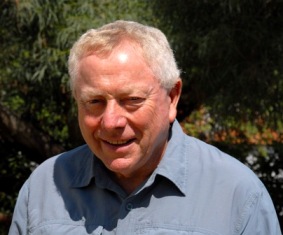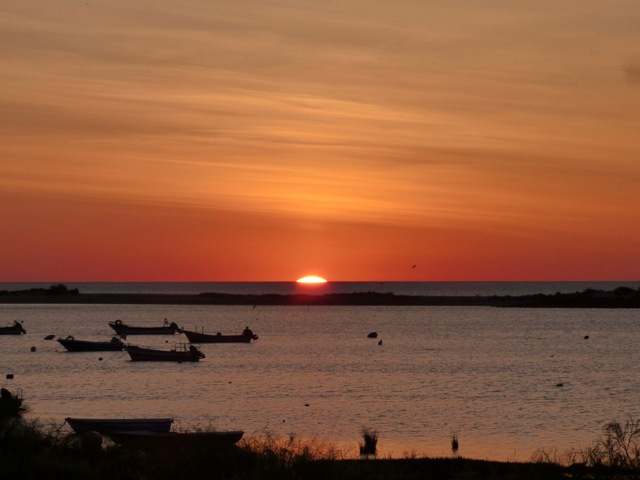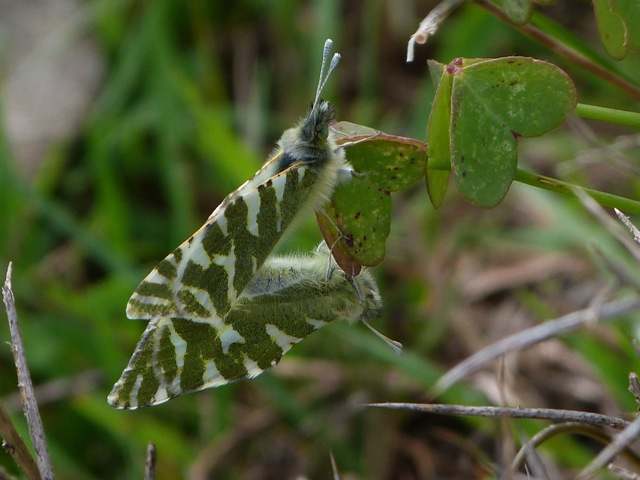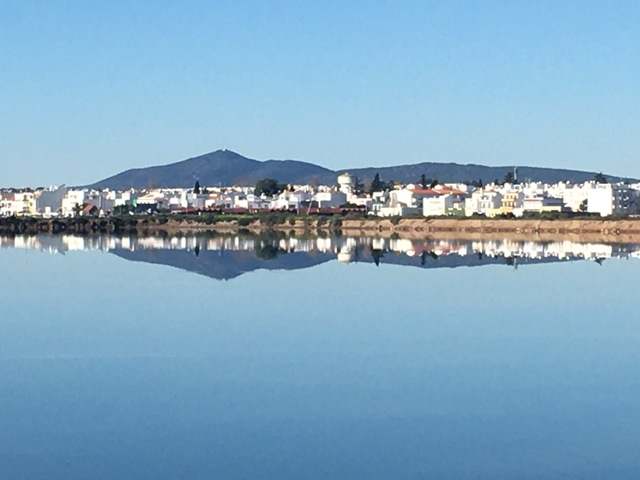Out with Papa-figos

Clive Viney - co-author of Algarve Wildlife - the natural year
Papa-figos (which literally translates as fig eater) is the Portuguese name for the Golden Oriole, one of the iconic visiting birds of the Algarve. Clive Viney is the co-author of Algarve Wildlife - the natural year, and now, under the guise of Papa-Figos, chronicles his finds, thoughts and feelings while walking in the Algarve countryside throughout the natural year. Look out for his regular updates, illustrated by his fellow co-author and photographer, Ray Tipper, who has kindly provided some of the photographs that illustrate these articles by clicking through from the links below.
Brave New Year
Tavira, my idyllic corner of southwest Europe is suffering just as much as anywhere else from the devastating effects of Covid-19. As I write, the Tavira municipality is in the extreme risk category, higher than anywhere else in the Algarve. For months we were a Vale of Health with very few cases and no deaths but that has changed. The problem is that Tavira is an exclusive destination for townspeople to escape to, especially for a long weekend away from the virus hotspots of Lisbon and Porto. Many wealthy Portuguese have second homes here, a scenario that residents of the UK’s West Country, Lake District and rural Wales would be familiar with. Our latest spike was caused by an illegal Christmas party and before that the virus found a ready springboard in upmarket restaurants favoured by well-to-do visitors. As an introduced counter-measure weekend travel outside the home municipality was not permitted and Saturdays and Sundays and long holiday weekends saw a curfew between 13h00 and 05h00.

Sunrise at Tavira on New Year’s Day
Determined not to let the virus win, my New Year resolution was to make the most of every day. So with the first two permitted half days of 2021 I would see just how many birds I could record in Tavira. It would have to be birds because few butterflies would be on the wing, most mammals, amphibians and reptiles would be hibernating and there would be little wildflower diversity. So far this had been a very cold winter but on most days the sun shone from the bluest of skies. My birding neighbour and also in my bubble, John Edge, said that he would like to meet the challenge with me. John keeps a year list of what he sees.
On New Year’s Day I decided that we would open our account at sunrise by walking around the perimeter of a long-abandoned orchard at Quinta de Santa Luzia da Palmeira and also take a look at the old salt-producing impoundments on the other side of the road. Thanks to recent rain, there was a pond of freshwater, a scarce habitat in Tavira and here we logged a rare Water Pipit and close by full-plumaged Slender-billed Gulls. In a little under three hours we listed 42 species, which was a good start.
Midmorning and with the curfew in mind many people had decided to use the level paths around the salinas (salt ponds) east of Tavira for exercise. The tide was low, which meant fewer shorebirds but nevertheless we added another 20 species to our list including unexpected Curlew Sandpipers and a Bluethroat. Two butterflies Green-striped White and Clouded Yellow were obvious.

Green-striped White Butterflies
The next morning at sunrise I decided that to see more inland species we would walk up the valley of the Ribeira do Almargem, a partly tidal stream. It was a bright winter’s morning and a joy to be out. The walk produced 40 species including a Lesser Spotted Woodpecker seen loudly drumming on a Century Plant Agave americana. This diminutive woodpecker uses these woody scapes for breeding. Also seen here was a pale phase Booted Eagle and a Black-shouldered Kite.

Lesser Spotted Woodpecker on Agave americana – Picture: Ray Tipper: Licence enquiry...
Afterwards we drove to the Santa Luzia salinas and walked along the Canal de Tavira and viewed the long impoundments with the sun behind us. The light was superb and swathes of introduced Bermuda Buttercups brightened the track. By midmorning there were many walkers, most with dogs, and several cyclists out and about. I had never seen so many people circuiting the salinas. Nevertheless, we added eight species to the tally – Sandwich Tern, Bar-tailed Godwit, Mediterranean Gull, Red Knot (a tight flock of over 100), Audouin’s Gull, Great White Heron, Shoveler and Pintail. The tide was low, which meant plenty of shorebirds on the exposed mud along the tidal channel, including at least 20 Oystercatchers and ten Eurasian Curlews. In the impoundments the Dunlin count was over 600 and among the duck were at least 20 Common Shelducks.
Without leaving Tavira during the two mornings we tallied 89 species. A splendid start for 2012 and John’s list was well under way.

Santa Luzia from Santa Luzia Salinas
Papa Figos
January 2021
Back to Papa Figos...